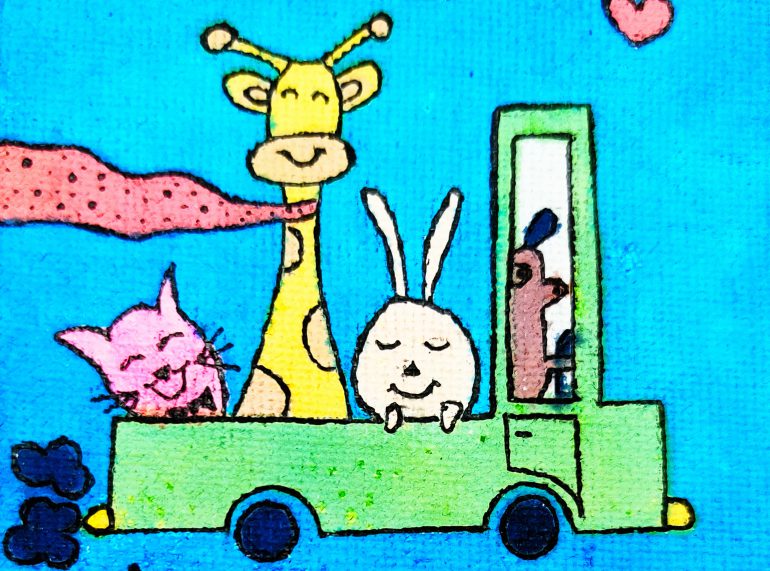
Spotlight on college majors: Art therapy

Did you ever wonder why that holiday retreat to the mountains, or camping in the woods made you feel so alive? Color psychology says that green and blue are restful colors. According to biology, the eye focuses these colors directly on the retina which results in less strained eye muscles. There is a reason why we use expressions such as – ‘red with anger’ and ‘green with envy’. The effects of colors are myriad. Hence, making colorful artworks plays an important role in expressing what human vocalization cannot.
Studying Art Therapy
Art therapy uses the process of drawing, painting, and sculpting to enhance mental well-being. It is based on the premise of improving self-awareness, and one does not have to be Picasso to benefit from this! Art therapists work with clients of any age in mainstream and special education classes to guide them with this technique of exploring personal problems through the integration of sensory and physical activity. Students pursuing a degree in Art Therapy will take a combination of art and psychology courses.
Art therapy for children with ADHD
ADHD or Attention Deficit Hyperactivity Disorder is a chronic condition that can be caused due to reasons ranging from genetics to prenatal exposures. While it can’t be cured, ADHD can be mitigated with proper medication. One of the notable alternate therapies for it is art therapy. A child suffering from ADHD experiences problems in communicating her/his feelings and art therapy acts as a facilitator to do so.
Children are often scolded for not being attentive in the classroom. Art therapy has shown to notably increase the attention span of a child by providing a source of focus. Since art is a natural part of play in children’s development, art projects under this therapy interest them. This therapy utilizes different forms of nonverbal creative expressions, which helps the child in engaging with the world without verbal outbursts. It helps a child get in sync with their inner positivity and creative energy.
The therapeutic nature of art can be found in the structure of the materials as well. The more geometric the shape, the more likely that a child with ADHD would use it as a tool. This is because such materials are easy to control (like pencil colors) as opposed to fluid materials (like paint). This makes a child feel more in control of their surroundings and reduces their anxiety. The opportunity to draw something is essentially giving them a structure to work with. It makes them think about the consequences, thereby addressing the issues of distractibility and erred sequential thinking.
Children with ADHD often suffer from low self-esteem. Improvement in concentration and performance via art therapy sessions results in reception of praise. This helps in nurturing confidence and a sense of achievement. Art therapy sessions can be a platform that helps in dispelling the feeling of loneliness and social exclusion from within a child.
Art therapy enhances abilities
While making art, different parts of the brain are engaged. This results in increasing the brain serotonin level, the lack of which causes depression. Making art from a memory whets a child’s analytic and sequential operations, logic, and abstraction. It also helps a child in exploring their identity, which is a powerful process as it improves a child’s self-efficacy. The current pandemic has restricted our movement. Schools have not re-opened thereby, limiting a child’s experiences that would have aided their social and emotional growth. Art therapy can provide children with an engaging way to explore and enhance their abilities even in the times of a pandemic.
About the author

Sugandhaa Pandey
Sugandhaa Pandey is a recent graduate in Philosophy from Lady Shri Ram College for Women, University of Delhi. Her major areas of interest are art and aesthetics. She has been published inBusiness World and Delhi Post News among others. She loves engaging with historical fiction – when she isn’t reading it, she is daydreaming about it.
Do you have a compelling story or student success tips you’d like to see published on the Pearson Students blog? If you are a college student and interested in writing for us – click here to pitch your idea and get started!


